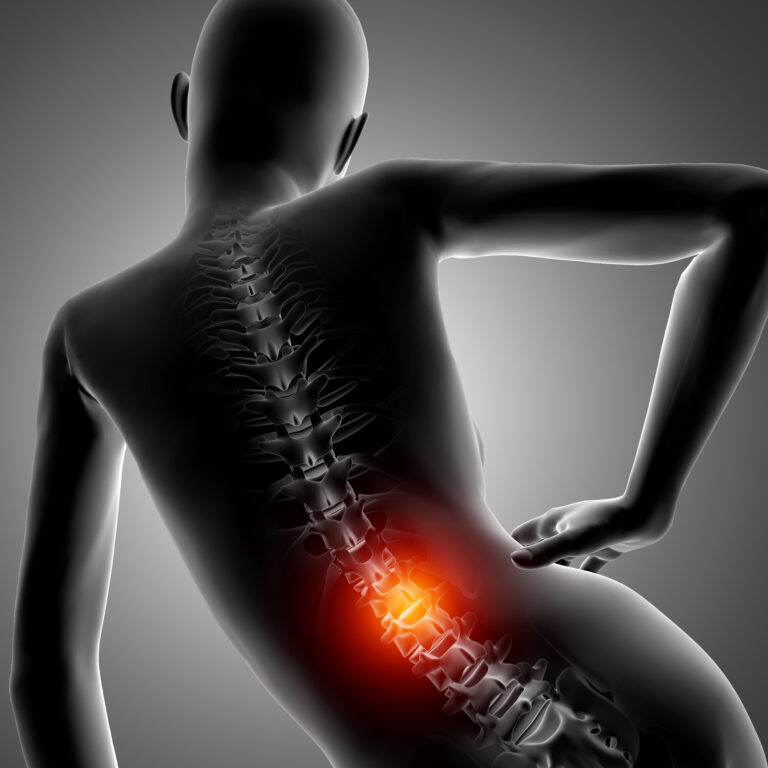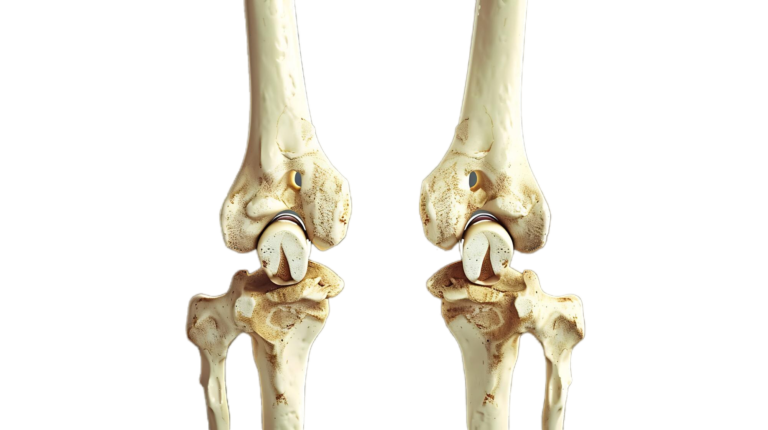Introduction
Hip replacement surgery, once primarily for older adults, is now an option for younger patients. Innovations in surgical methods and materials have made it more successful for those under 50.
Challenges
Younger patients face unique challenges with hip replacements:
- Implant Longevity: Implants need to last 20-30 years.
- Revision Surgeries: Younger patients might require complex, riskier revision surgeries.
- High Activity Levels: Maintaining an active lifestyle without compromising the implant’s durability is crucial.
Technological Advances
Advancements in technology are addressing these challenges:
- Enhanced Materials: New materials like highly cross-linked polyethylene and ceramic bearings offer greater durability.
- Minimally Invasive Techniques: These reduce tissue damage, promoting quicker recovery and less pain.
- Custom Implants: 3D printing and imaging technologies create personalized implants for better fit and function.
Benefits for Younger Patients
Hip replacement offers significant benefits for younger patients:
- Pain Relief: Reduces or eliminates chronic hip pain.
- Improved Mobility: Restores joint function, enabling return to daily activities and exercise.
- Enhanced Quality of Life: Less pain and better mobility lead to a higher overall quality of life.
Post-Operative Care and Rehabilitation
Effective post-operative care is crucial for success:
- Strengthening Muscles: Physical therapy enhances muscle strength around the hip.
- Promoting Healing: Gradual activity increases ensure proper healing.
- Preventing Complications: Regular follow-ups and adherence to rehab protocols are essential.
Conclusion:
Long-term studies on new polyethylene materials play a crucial role in advancing joint replacement surgeries. By improving durability, safety, and clinical outcomes, these materials significantly enhance the quality of life for patients undergoing joint replacements.
Disclaimer: The information provided in this blog post is for general informational purposes only and should not be considered professional advice. Before making any health-related decisions, consult with a qualified healthcare professional. The content is not a substitute for medical advice, and individual results may vary. The author and website are not responsible for any consequences arising from the use of the information provided. Use your best judgment and seek professional advice when needed.


